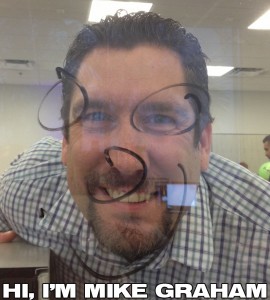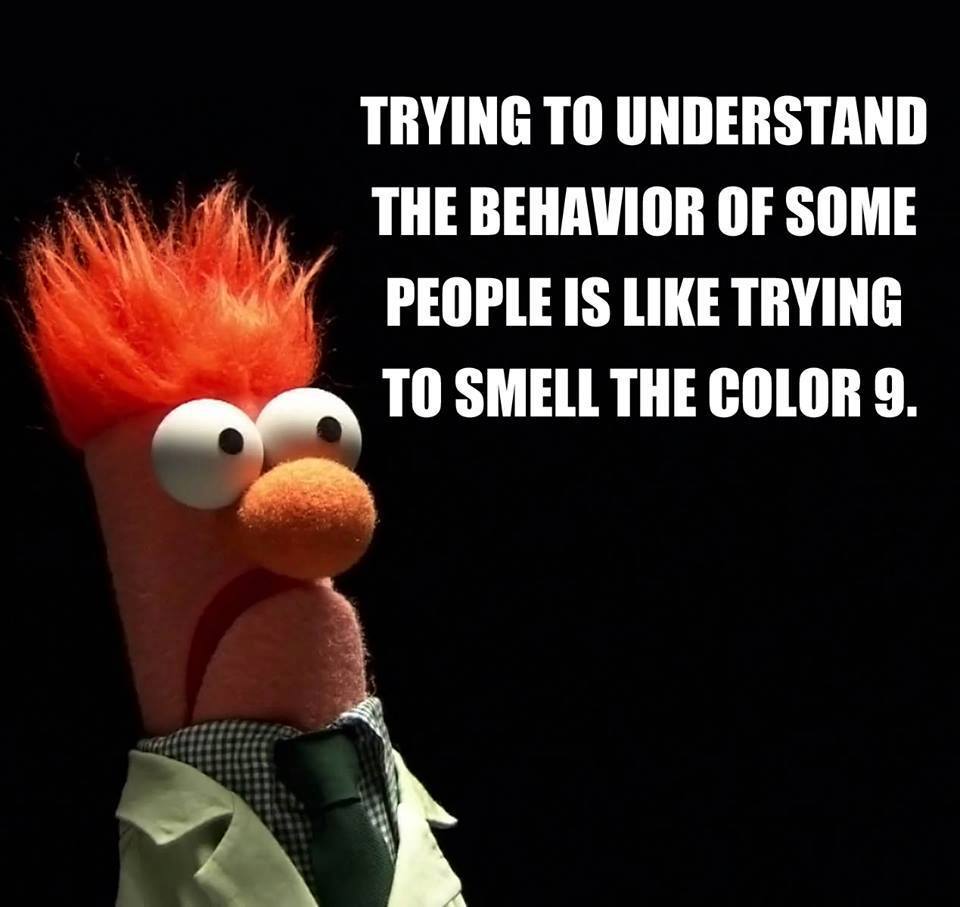TECH TALK October 2013: Sensory Under-Load
Posted on October 23, 2013Chauvet Professional’s own Mike Graham is back for another issue of TECH TALK! This time, Mike brings us insights on the pitfalls of convenience with respect to lighting design and programming. Mike?

SENSORY UNDER-LOAD
Without the ability to make our senses work together, designing a show is impossible. In today’s fast paced “Information Now” world, it is really easy to let our senses get dulled by superficial glitz provided by the dreaded interwebs. I think that it is important to unplug and rethink the approach that we take in show design.
In my second semester of college, I took a (please, do not hold this against me) sound designers class. I wanted to try to have a better understanding of what sound design actually was, and it was a required class as part of my curriculum. In that class, our instructor would give us each a cassette tape with a song on it. Our job was to learn how to pick out individual sounds from those recordings. Essentially, to stop listening to the song, and start listening to the sound of the instruments, the hiss on the tape, and any other noises that were present. This exercise went on for the entire semester. Every week it was a different tape with a different song. By the end of the class, the goal was to be able to pick out the smallest details of sounds. Goal achieved.
The obvious question is how does this apply to lighting design in today’s world? The truth is that we as a species is becoming much less detail oriented because of the instant gratification of being able to Google an answer to any question. The fact that we can use software like WISYWIG or Vectorworks to design shows, then use a control platform like the Hog 4 or GrandMa 2 to program and execute the same show is a great thing, but be careful of the pitfalls of convenience. I am by no means putting down these state of the art technologies, but what I am saying is that they are tools in the same way a good Crescent wrench (spanner for my UK friends) is a tool. Don’t let these tools decide the show for you. While I do realize that time is a commodity that we are typically very short on, slow down and listen to the show that you are designing. Just because you can pixel map every LED on your stage, does not mean you have to run pixel effects for every single cue. Take a deeper look and see if you can program a slight nuance into a look that will spark the imagination of your audience. Design is not all about hitting your viewers with a sledge hammer. Sometimes it is about the slow and subtle cue change that takes two minutes or more to complete. You don’t need to use the effects generators to create every look. Take some time and add in some personality to what you are trying to accomplish.
As a test to yourself, try this; Sit outside and close your eyes. Take a deep breath and listen. Pick out every noise from the birds singing, the breeze blowing, cars in the background, to a dog walking by. Now feel the sunlight on your face and imagine what that scene should all look like. With some practice, your mind will once again become the best visualizer you have ever used. By accessing your imagination and linking it to your senses of sound, sight, touch, taste, and smell, you will become a better designer.
Its, funny, but I was just reading Justin Lang’s Blog (http://www.prolightingspace.com/profiles/blog/list?user=3hylm036yw15r) and came across the below:

While it is totally true, we can’t ever totally understand everyone’s vision, you can absolutely control yours. By having a better understanding of how your senses work, you will start to associate your senses to colors, effects, and light cues. It will make designing shows much easier and much faster.